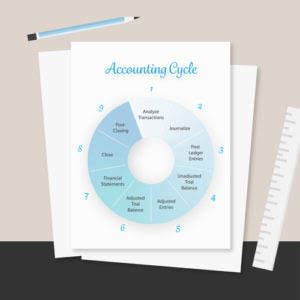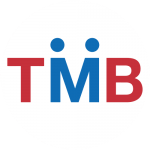
For example, if the company issues shares of common stock, your software would credit that amount to the owner’s equity account. Failure to follow this concept can make your online bookkeeping much more difficult and even land you in legal trouble if you’re a corporation or limited liability company. In those cases, you can preserve limited liability protections only by separating business and personal finances. With such a prominent difference in approach, dozens of other discrepancies surface throughout the standards. The chart below includes only a couple of the variations that may affect how a business reports its financial information.
Before joining the team, she was a content producer at Fit Small Business where she served as an editor and strategist covering small business marketing content. She is a former Google Tech Entrepreneur and holds an MSc in international marketing from Edinburgh Napier University. Magazine and the founder of ProsperBull, a financial literacy program taught in U.S. high schools. If there is any additional or relevant information needed to understand the financial reports, it must be fully disclosed in the notes, footnotes or description of the report. Debt involves borrowed funds that are expected to be repaid from loans or other financing options.
History of The Four Main Principles of GAAP
This means that we must assume the company isn’t going to be dissolved or declare bankruptcy unless we have evidence to the contrary. Thus, we should assume that there will be another accounting period in the future. GAAP is also used in the preparation of financial statements by government entities. According to the Financial Accounting Foundation, all 50 states adhere to GAAP and many require identify the two main categories of accounting principles. that local entities, such as counties, cities, towns, and school districts, do so as well. Accountants must, to the best of their abilities, fully and clearly disclose all the available financial data of the company. They are obligated to acquire this information from the business, which is why an accounting team’s requests may seem intensely thorough when requesting financial information.
- Stated differently, everything a company owns must equal everything the company owes to creditors (lenders) and owners (individuals for sole proprietors or stockholders for companies or corporations).
- Revenues and expenses are matched using the matching GAAP principle which is the second of the four main principles of GAAP.
- We believe everyone should be able to make financial decisions with confidence.
- Outside the U.S., the most commonly used accounting regulations are known as the International Financial Reporting Standards (IFRS).
- Solvency implies that a company can meet its long-term obligations and will likely stay in business in the future.
- For example, where and when certain transactions are recorded may shift, which may not be readily evident in the financial statements.
The beginning total assets balance in the current year is taken from the ending total assets balance in the prior year. The image below shows the comparative income statements and balance sheets for the past two years. When considering the outcomes from analysis, https://www.bookstime.com/bookkeeping-services/orlando it is important for a company to understand that data produced needs to be compared to others within industry and close competitors. The company should also consider their past experience and how it corresponds to current and future performance expectations.
Basic accounting principles
Financial statement analysis can show trends over time, which can be helpful in making future business decisions. Converting information to percentages or ratios eliminates some of the disparity between competitor sizes and operating abilities, making it easier for stakeholders to make informed decisions. It can assist with understanding the makeup of current operations within the business, and which shifts need to occur internally to increase productivity. Liquidity ratios show the ability of the company to pay short-term obligations if they came due immediately with assets that can be quickly converted to cash.
- The International Financial Reporting Standards (IFRS) is the most common set of principles outside the United States.
- The higher the figure, the better the company is using its assets to create a profit.
- Average total assets are found by dividing the sum of beginning and ending total assets balances found on the balance sheet.
- These activities could be nonfinancial in nature or be supplemental details not readily available on the main financial statement.
- We define an asset to be a resource that a company owns that has an economic value.
- However, if you do not have a clear knowledge of accounting principles, it may be difficult for you to record transactions and analyse the financials effectively.






















